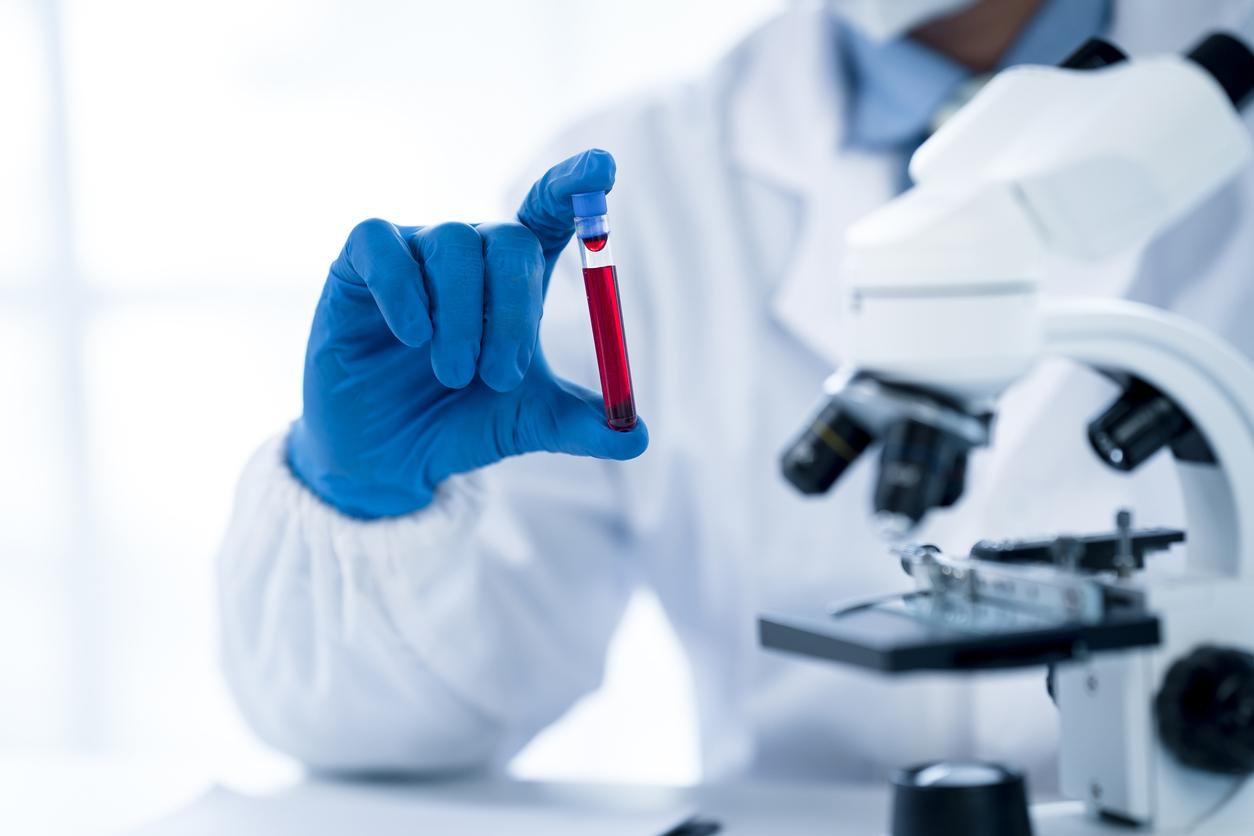How do you get Lyme disease?
This Lyme disease is caused by the bacteria Borrelia burgdorferi, mainly transmitted by infected ticks. The natural reservoirs of this bacterium are the wild animals, in particular the rodents, which inhabit the forests and the countryside. The sting itself is rarely painful: only 30% of people bitten remember it.
What are the symptoms ?
In the beginning, there is not always. The disease may begin with a red, round, centrifugal halo around the point of the bite. This characteristic redness, called erythema migrans, is present in half of the patients. Then general signs gradually appear: fatigue, night sweats, weight loss … Nonspecific symptoms sometimes mistaken for the flu. By infiltrating all the tissues and organs of the body, the bacteria can “mimic” all the diseases known to medicine.
|
When hiking, you have to protect yourself … The only prevention is to protect yourself from ticks during outdoor activities, especially in the forest between April and September.
|
Are complications possible?
Without treatment, symptoms may appear in the months that follow, depending on the organ or tissue colonized by the bacteria. An infection of the nervous system can manifest itself by headaches, memory problems, facial paralysis, sciatica, depression, meningitis … When the bacteria lodge in the musculoskeletal system, it can cause muscle and bone pain, or cardiac disorders: tachycardia, pericarditis (inflammation of the envelope of the heart) … The disease can also become chronic and manifest itself in the form of cutaneous, neurological or articular attacks.
How common is this disease?
It is increasing due to an increase in the number of ticks and greater aggressiveness of these arthropods. In the United States, the number of new annual cases, estimated until 2013 at 30,000, has been reassessed at 300,000. In Germany, it is 100,000. France, for its part, recognizes only 27. 000 …
Is its importance underestimated in France?
Ten years ago, city doctors didn’t know about Lyme disease. Now they think about it more. But they have been taught that it is a rare disease for thirty years. And his diagnosis is not easy. Erythema migrans is only present in half of patients and is often mistaken for a simple insect bite or an allergy. Any unexplained illness should raise questions about the possibility of Lyme disease. We also come up against the lack of sensitivity of diagnostic tests.
Can we trust the screening tests?
Screening is based on an unreliable Elisa test, which only detects one in two patients. If it is negative, the diagnosis is ruled out, in accordance with official recommendations which rule out the possibility of carrying out another test, the Western blot. This can only be used to confirm a positive Elisa test. However, its sensitivity is only 70%. It is therefore urgent to develop more effective tests.
Is there a treatment?
It is based on antibiotic therapy at the first stage of the disease (erythema migrans), with a course of 2 to 3 weeks. But these recommendations go back to 2006, the duration and the doses are no longer appropriate. They are based on guidelines from the American Society of Infectious Diseases (IDSA), which did not take into account the existence of a chronic form of Lyme disease, and which have since been revised … but at United States only.
Antibiotic therapy is effective?
Unfortunately not always. Antibiotics often worsen symptoms at the start of treatment, leading to a misconception that they are ineffective. The bacteria can also change shape to escape the immune system and treatment. And the patient then has the impression of being cured. But the infection can reappear several months or even years later if the bacteria resume an aggressive form, but with symptoms different from the signs observed the first time. Neither the patient nor his doctor then make the link between the two.
In the United States, antibiotic therapy can now be prolonged and combined with alternative approaches, including herbal medicine, based on essential oils. Recommendations from ILADS (International Lyme and Associated Diseases So-ciety), which take this chronic form into account. It is imperative that France do the same.
Where is the research at?
Lyme disease is considered a rare disease, supposed to be cured in 15 days with antibiotics. It is therefore not of interest to pharmaceutical companies. As for the French public authorities, they do not devote any budget to it. It is above all patient associations, with the help of isolated researchers, that are making things happen.
Our expert: Prof. Christian Perronne, head of the infectious diseases department, Raymond Poincaré hospital, Garches (92) and Vice-president of the FFMVT (French Federation against tick vector diseases) and president of its scientific council
Books to find out more
“The Lyme Disease Case”, Chantal Perrin and Roger Lenglet, eds. Ac tes South, € 19.80.
“Curing Lyme and Unexplained Chronic Disease,” Dr. Richard Horowitz, ed. Thierr y Souccar, € 39.
For further
A Lyme disease action plan will be presented in September 2016
A second bacterium responsible for Lyme disease?
News, symptoms, treatments … Everything you need to know about Lyme disease


















